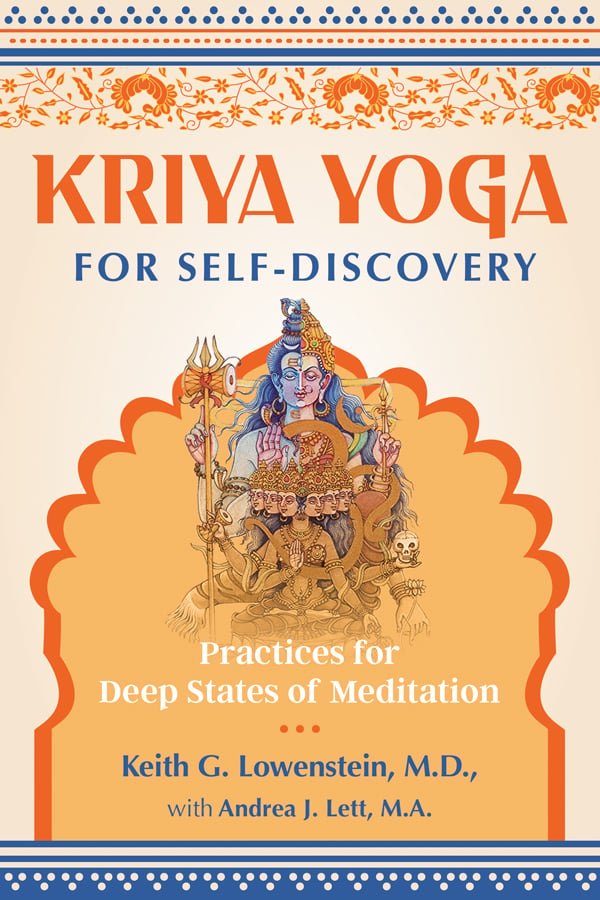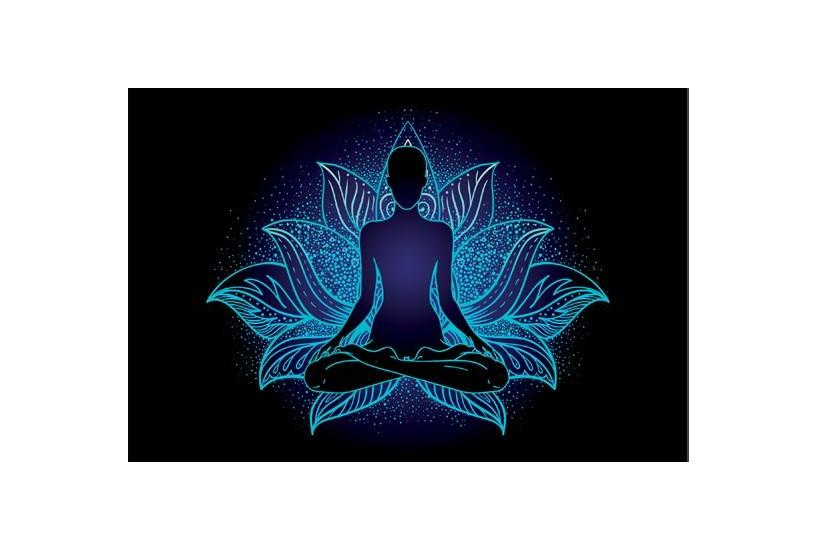by William Yang, author of Yoga of Courage and Compassion
The German philosopher Friedrich Nietzsche once said that he wanted to write philosophy with a hammer. Likewise, I would like to teach yoga with a hammer. With a hammer and a sword, even! A hammer to break, and a sword to cut through the walls and fundaments of the ego-centered mind, but with tenderness and compassion, to touch the ego’s vulnerability and challenge its defensiveness and its desperately cherished “peace of mind.”
This special kind of yoga was developed through the years I worked with people who had cancer and their relatives. In 1983 I was invited to implement a counseling program for cancer patients in the Canisius Wilhelmina Hospital in Nijmegen, eastern Netherlands. Inspired by the pioneering work of oncologist Dr. O. Carl Simonton in the 1970s, this program integrated a variety of body-mind techniques to give patients effective tools to “fight for their lives” by stimulating the power of the mind over the body.
And it worked. Many patients were able to mobilize and enhance their healing process and not rely only on doctors and medicine. Of course, not every patient was physically cured, but many appreciated gaining a clearly discernible influence over their quality of life by gaining a more realistic control over their thoughts, feelings, and communications. They reported feeling better, sleeping better, and having a more positive outlook on life.
But it seldom worked completely.
The power of an illness that uproots the foundations of life itself and all its dreams, plans, and expectations is greater than any bodymind technique. All the benefits of the exercises I so patiently taught could be hammered down and cut through overnight by the brutal force of cancer. This enemy shattered all defense barriers.
The proverb “If you can’t beat ’em, join ’em” applies to cancer. So in the end, many cancer patients were forced to do the unimaginable: join the overwhelming force of the cancer instead of resisting it, letting it become an ally. Rather than putting up a last frenetic fight against this enemy, patients began to give in to it and let go of the fighting. They realized that tenacious clinging to dear life would get them nowhere. They learned to relax somehow, to rest and allow the mind to become still. This stilling of the mind requires inordinate courage, especially as it requires accepting life as it is: impermanent.
Impermanence is the bedrock of the Buddha’s teachings, and was the shocking truth that Jesus Christ demonstrated through his own vulnerable human life and death.
Peace of mind in the face of death only exists on rare occasions. That’s the bad news: death shatters all peace of mind. And with mind’s peace shattered, so is the ego. That may be the good news and the reason why death can be our most valuable ally. Death forces us out of our minds, our ego-centered minds.
In the face of death, the only possible peace exists outside of the mind, out and beyond the mind’s clinging to and fighting for survival. The only peace that can be is the peace that according to the gospels is “not of this world,” not of this mind.
So, death takes us into the heart of the teachings of the Buddha and the heart of the life of Christ. As such, death is indeed an invaluable ally to the soul.
The yoga of courage and compassion can be considered a gift from the sick and dying to the healthy and living. It gathered its strength at the edge of life, where life meets death. It offers its insights and strengths for use in the midst of life itself, in every moment and every season of it. It offers a sword to cut through the clinging and fighting of our minds, and a hammer to break down the walls between ourselves and life such as it is.
It creates a space for peace to be.
The exercises in my book Yoga of Courage and Compassion transmute these ideas into the living reality of our breath, our body, and our daily actions. The exercises have been carefully selected to explore step-by-step the space beyond the mind, the space of life such as it is. Here is the first one, a very simple practice focused on breathing.
Buddha’s Basic Breathing Meditation
And how does someone remain focused on the body in and of itself? Breathing in long, he is aware, “I am breathing in long”; or breathing out long, he is aware, “I am breathing out long.” Or breathing in short, he is aware, “I am breathing in short”; or breathing out short, he is aware, “I am breathing out short.” He trains himself, “I will breathe in sensitive to the entire body”; he trains himself, “I will breathe out sensitive to the entire body.” —Satipatthana Sutta
The breathing meditation that the Buddha taught is the most effective means to extract the mind from its constant preoccupation with thoughts and emotions. The ordinary functioning mind is totally imprisoned by its thoughts about the future and the past and by its emotions about future and past events. These emotions basically revolve around liking or disliking what happened or is going to be. They can easily develop into intense cravings or deep aversions.
Focusing the attention on the breath means disentangling the mind from past and future events. It helps to bring the mind back to the present moment. This is often called “bringing the mind home.”
Focusing the attention on the breath disentangles the mind from myriad emotional reactions ranging from subtle likes and dislikes to the strongest cravings and aversions. This helps create a balanced, tranquil mind. This is called “the tranquil abiding mind.”
Focusing the attention on the breath gives us a direct experience of the nature of life and all reality: fleeting and ever-changing. Impermanent! Everything that seems solid dissolves and disappears. Matter dissolves into energy.
Focusing the attention on the breath teaches you how to deal with life and its ever-changing nature. Let it go, let it flow, let it happen.
Finally, the breath connects you with the breath of the universe. It connects your mind with universal mind.
* * *
You can do this breathing meditation in any position you feel comfortable in.
Observe and follow your breath. Feel how the air flows through your nostrils when you breathe in, and how it flows out again when you breathe out.
Do this ten times. Start counting all over again when you realize your mind has completely wandered off.
 |
 |
 |
 |
 |



